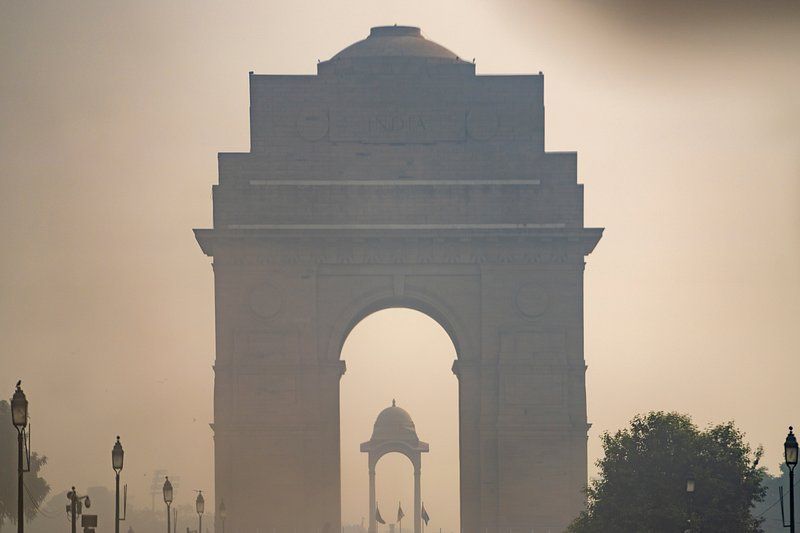North Korea Accelerates Production of Suicide Attack Drones: A Growing Global Concern

North Korea’s leader Kim Jong-un has intensified efforts to enhance the nation’s military arsenal by supervising the testing of “suicide attack” drones, often referred to as loitering munitions. According to reports from the Korean Central News Agency (KCNA), Kim has directed the immediate full-scale mass production of these unmanned aerial vehicles (UAVs), citing their increasing importance in modern warfare.
The Strategic Importance of Suicide Drones
During a recent inspection of various models of suicide drones, Kim underscored their strategic relevance, stating, “The competition for using drones as the main means of military capabilities is being accelerated worldwide.” The North Korean leader emphasized that drones have become an essential requirement for modern military operations.
The tests, carried out under Kim’s guidance, showcased the drones’ ability to navigate through pre-set tactical routes and strike precise targets on land and at sea. Photographs released by KCNA depicted Kim engaged in discussions with officials alongside different types of UAVs. The drones are designed to execute precision attacks over a range of distances, aiming to neutralize enemy targets efficiently.
A Global Shift in Military Tactics
North Korea’s push to mass-produce suicide drones reflects a broader trend in military modernization. Across the globe, nations are rapidly adopting drone technologies for their cost-effectiveness and versatility. These drones, equipped with advanced targeting systems, can deliver devastating results without the need for human pilots, reducing operational risks.
The development and deployment of loitering munitions are particularly concerning due to their dual-use capabilities. Beyond military applications, these drones could potentially be adapted for unconventional warfare, raising alarms over their misuse by non-state actors or in asymmetrical conflicts.
Implications for Regional and Global Security
The advancement of North Korea’s drone program adds a new layer of complexity to the already tense security situation in the Korean Peninsula. Neighboring countries like South Korea and Japan, along with global powers such as the United States, are likely to view this development as a significant threat.
The precision and adaptability of these drones could enable North Korea to target critical infrastructure, military installations, or naval assets in the region. Moreover, the mass production of such weapons might lead to an arms race in the Asia-Pacific, with other nations bolstering their drone capabilities to maintain a strategic balance.
The Need for International Response
As North Korea ramps up its drone production, the international community must address the implications of such advancements. Stricter enforcement of sanctions, coupled with diplomatic efforts, could help curb the proliferation of these technologies. Additionally, global frameworks regulating the use of autonomous weapons need to be strengthened to prevent their misuse.
Conclusion
North Korea’s focus on suicide drones marks a significant shift in its military strategy, aligning with global trends in drone warfare. However, this development poses serious risks to regional stability and international security. The mass production and deployment of such advanced weaponry underscore the urgent need for collaborative efforts to address the growing threat of unmanned aerial systems in modern warfare.








